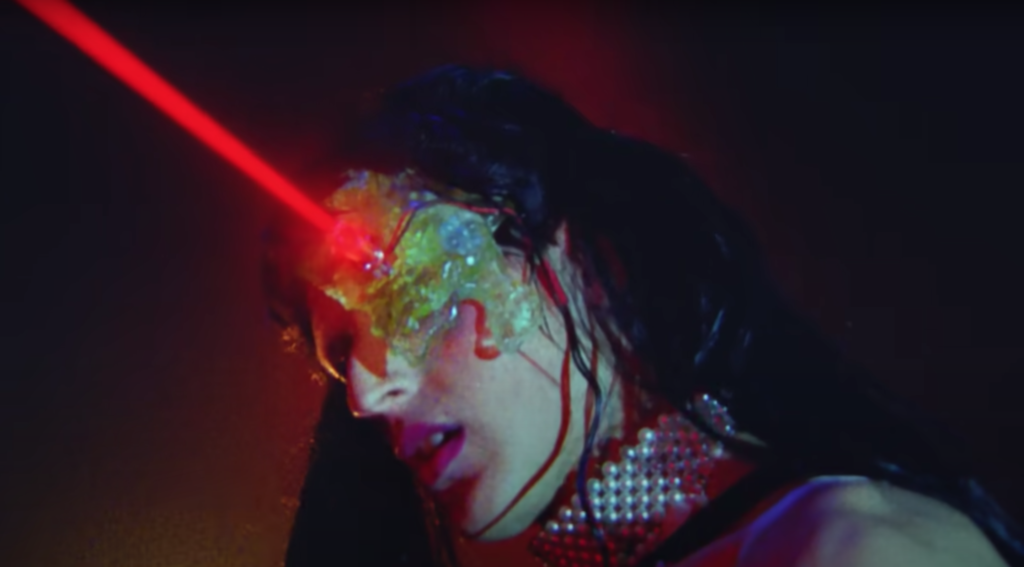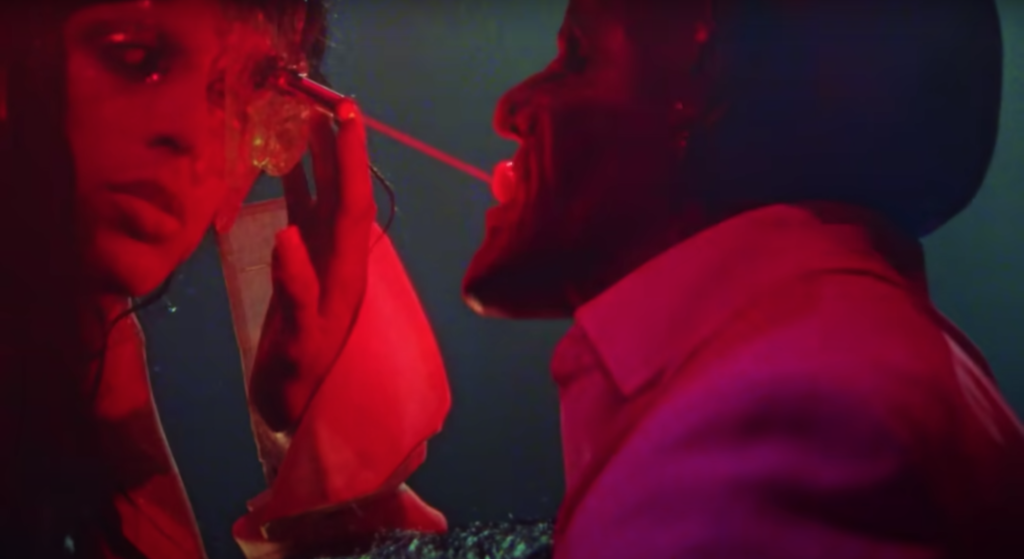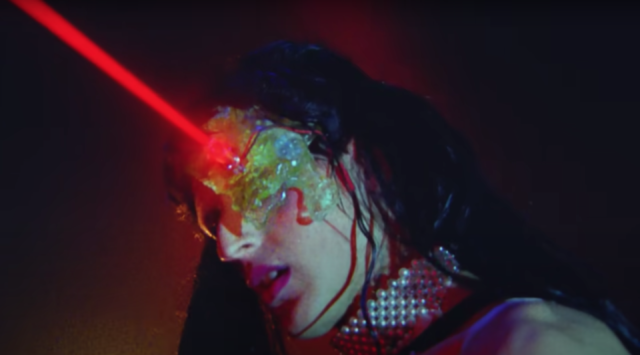

Having experimented with some basic means of controlling addressable LEDs via Arduinos and experimenting with the projection of oscillator synthesized video, I’ve found myself struck by the in-organicity of engaging in this mode of solitary learning and practice. Through my technological experimentation and auto-didacticism, I aimed to have been able to build a percussive lighting instrument. However, I found myself longing for the conviviality and collectivity of the studio/workshop as a mode of study; the sprawling social ecology of incoming commissions, prototyping, experimentation, maintenance, installation, discussions, and adjustments with client/artist at the venue, that formed my experience of interning at the lighting collective Nitemind.
It feels futile to build an instrument with no performative purpose, with no mentors to advise, no peers to collaborate with, no bodies to light. While creating a kind of recipe-book for DIY lighting is still a firm priority, I’ve begun to mourn a bygone pre-COVID sociality as well to sharpen what aesthetic modality of (queer) light that I’m interested in working towards, I’ve been writing about queer performances of light that have captivated. The image I posted above is a still from the music video for Arca’s song Time. In a scene devised by her partner and technical designer Carlo Sáez, Arca rides an animatronic bull while donning a set of mechanized wings where light-beams appears in lieu of feathers. She wears a laser contraption over her left eye, shining it over the face and body of her romantic interest—the devil—played by Sáez himself. In a fascinating subversion of the violent technological association with militaristic laser-sights, Arca uses the laser as a visualization of the erotic gaze, forming a non-material non-gendered penetrative extension towards infinity, halted only by the devil’s tongue, forming a warm glow-bounce of electromagnetic radiation on his wet interior.
